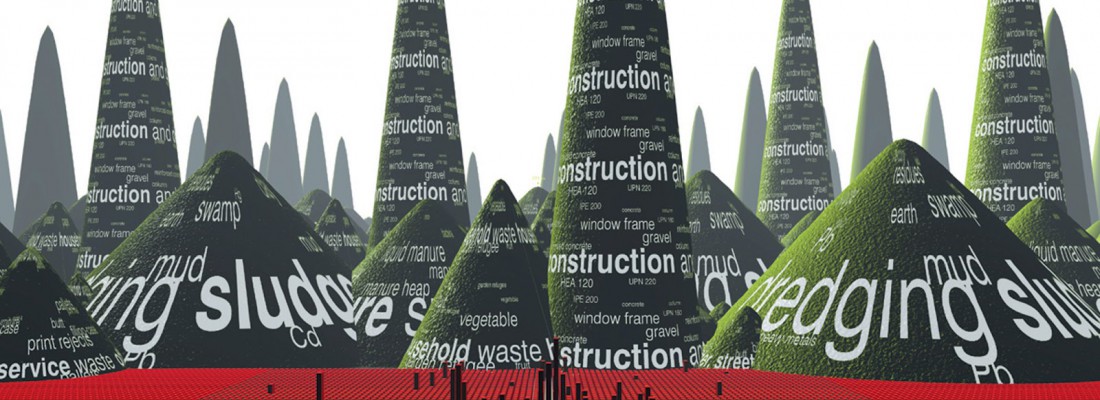
Over the last decade, research has become a key issue in the debate on architecture and urbanism. Architects and architectural offices like Stefano Boeri and Multiplicity, Rem Koolhaas and OMA/AMO, Raoul Bunschoten and CHORA, Winy Maas and MVRDV; institutions like Harvard, the Berlage Institute, the Bauhaus and ETH Studio Basel; museums and galleries like Arc en Rêve in Bordeaux and the Triennale in Milan; and traveling exhibitions like Cities on the Move set up ambitious projects that try to understand recent changes in the urban environment. Books become not only thicker, but also bigger in size by the month to stress their importance. All these projects focus on the broader social, economical and cultural context of architectural and urban design instead of on projects, although projects done by the architects that carry out the research are inevitably seen in the light of the research. This seems an enormous change since a period in which architecture, in Manfredo Tafuri’s words, withdrew itself in the ‘boudoir’, focusing on linguistic games and emphasizing the autonomy of its ‘discipline’ by showing long genealogical traditions. The current research seems to be largely ahistorical. If history plays a role, then only in the form of quantative extrapolations of abstract statistical data, preferably shown in graphic representations that until recently only appeared in board rooms of larger companies. Current research focuses only on the ‘new’, on changes that seem to unsettle the discipline.
